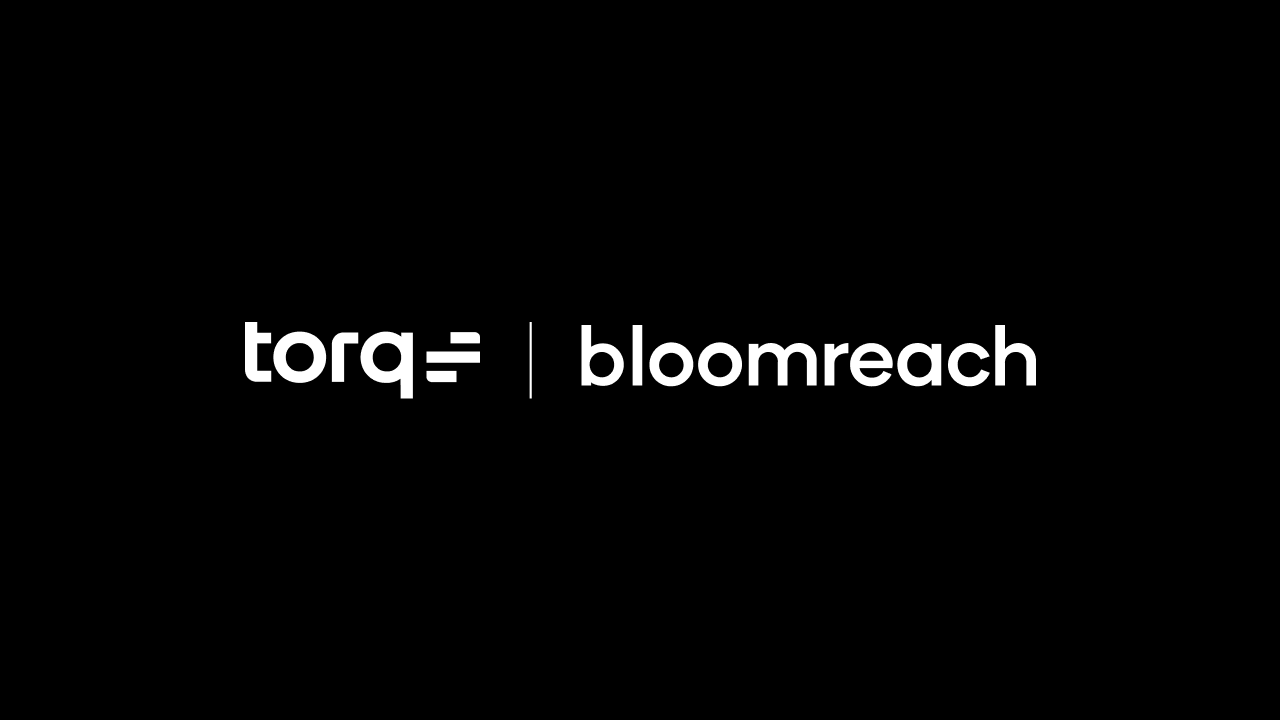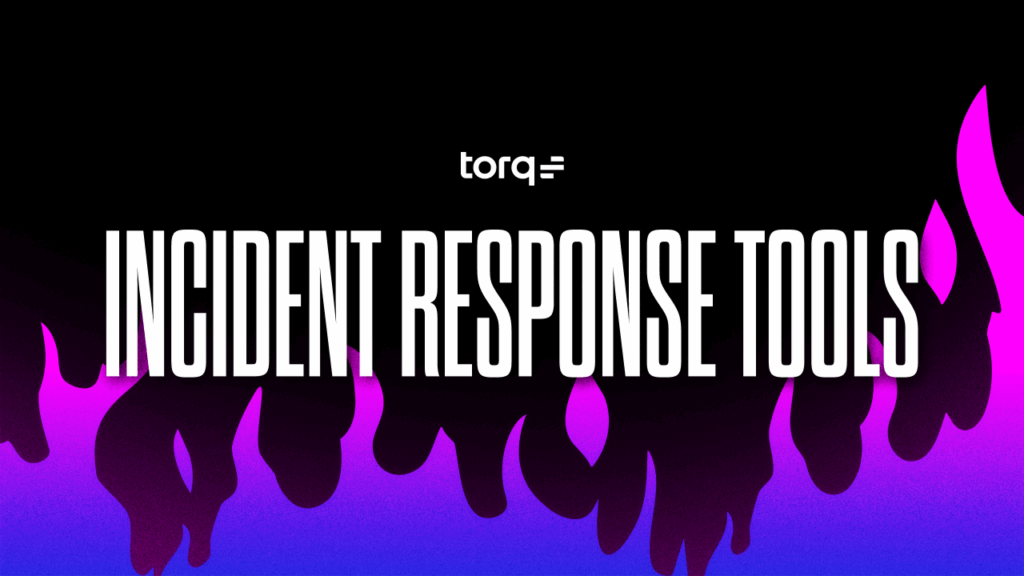Contents
Get a Personalized Demo
See how Torq harnesses AI in your SOC to detect, prioritize, and respond to threats faster.
Cybersecurity frameworks provide organizations with clear, actionable pathways to safeguard assets, ensure regulatory compliance, maintain robust security controls, and align security initiatives effectively. But while frameworks like NIST, ISO, and CIS provide a vital blueprint for security, implementing them is anything but straightforward. Manual processes, siloed tools, and resource constraints slow implementation and dilute impact.
Torq Hyperautomation™ eliminates the operational friction of security framework adoption. It connects your tools, automates repetitive control validation, and ensures your security program stays aligned, agile, and audit-ready.
Whether you’re building toward SOC 2, aligning to NIST CSF, or managing global compliance at scale, Torq transforms frameworks from static documents into living, responsive systems that secure your entire network.
Why Cybersecurity Frameworks Matter
A security framework is a structured set of guidelines, best practices, and standards designed to help organizations manage and reduce cybersecurity risk. It provides a repeatable methodology for identifying, protecting, detecting, responding to, and recovering from cyber threats, while ensuring alignment with regulatory, legal, and industry-specific compliance requirements.
A security framework outlines:
- Security controls: Technical, administrative, and physical safeguards to protect systems and data
- Risk management processes: How to assess and prioritize threats and vulnerabilities
- Governance structures: Roles, responsibilities, and oversight mechanisms
- Continuous improvement: Ongoing assessment, monitoring, and adaptation to evolving threats
Benefits of adopting a cybersecurity framework include:
- Improved risk management: Frameworks provide comprehensive and established methods for identifying, assessing, and mitigating cybersecurity threats and vulnerabilities.
- Enhanced compliance: Frameworks such as GDPR, HIPAA, and PCI DSS outline explicit guidelines for managing sensitive data, ensuring enterprises meet regulatory obligations and avoid costly penalties.
- Streamlined security processes: Implementing standardized cybersecurity frameworks reduces complexity and enables more efficient security operations.
12 Common Types of Security Frameworks in 2025
Understanding the various security frameworks available is crucial for selecting the right approach tailored to your organization’s needs. Here are some of the most widely adopted cybersecurity frameworks:
- SOC 2 (System and Organization Controls 2): A framework developed by the AICPA to evaluate service providers’ ability to manage customer data securely. It is based on five trust service criteria: security, availability, processing integrity, confidentiality, and privacy. SOC 2 is crucial for SaaS and cloud service providers handling sensitive customer data. It signals to clients and auditors that your organization meets strict standards for data handling and privacy.
- GDPR (General Data Protection Regulation): A European Union regulation that sets strict requirements for data privacy and protection for any organization handling EU citizen data. GDPR impacts organizations worldwide due to its extraterritorial scope and severe penalties for noncompliance.
- PCI DSS (Payment Card Industry Data Security Standard): A global standard for securing credit card transactions and sensitive payment data. It is mandatory for any organization that stores, processes, or transmits cardholder data.
- HIPAA (Health Insurance Portability and Accountability Act): A U.S. regulation that establishes national standards to protect sensitive patient health information. It applies to healthcare providers, insurers, and business associates managing protected health information (PHI).
- CIS Controls: A prioritized set of 18 best practices developed by the Center for Internet Security (CIS), designed to protect against the most common and dangerous cyber threats.
- ISO 27001: An international standard for establishing, implementing, maintaining, and continually improving an Information Security Management System (ISMS). It’s one of the most comprehensive and certifiable frameworks available.
- NIST SP 800-53: A catalog of security and privacy controls developed by the National Institute of Standards and Technology (NIST) for federal agencies and their contractors. It’s highly detailed and adaptable for enterprises seeking rigorous security control baselines.
- NIST SP 800-171: Aimed at non-federal organizations, this framework outlines security requirements for protecting Controlled Unclassified Information (CUI). Often used by defense contractors and other government-adjacent enterprises.
- NIST Cybersecurity Framework (NIST CSF): A voluntary framework designed to help organizations of all sizes manage and reduce cybersecurity risks. It consists of five core functions: Identify, Protect, Detect, Respond, and Recover.
- NIST SP 1800 Series: A collection of practical, example-driven publications offering step-by-step guidance for implementing cybersecurity technologies, tailored for specific sectors and challenges.
- COBIT: A framework by ISACA for governance and management of enterprise IT, aligning security with strategic business goals.
- DORA (Digital Operational Resilience Act): A regulation introduced by the EU to ensure the financial sector’s operational resilience. DORA requires banks, insurers, investment firms, and other financial entities to manage and withstand risks.
How to Choose a Security Framework
Selecting an appropriate security framework requires careful consideration of several critical factors.
- Understand your business context and requirements: Assess your industry, business size, regulatory landscape, and specific cybersecurity challenges.
- Evaluate framework compatibility: Consider how easily the framework integrates with your existing technologies and security controls.
- Prioritize scalability and adaptability: Ensure the chosen framework can grow with your organization and adapt to evolving threats.
- Seek broad organizational support: Engage stakeholders across your organization, including IT, compliance, and executive teams, to ensure alignment and buy-in.
- Leverage Hyperautomation for execution: Look for opportunities to operationalize framework controls using automation platforms like Torq. Automating control validation, policy enforcement, and evidence collection accelerates adoption and reduces long-term operational burden.
How to Navigate Security Framework Challenges with Torq
Implementing security frameworks can pose significant challenges for many organizations. Between legacy infrastructure, fragmented tooling, evolving threats, and limited resources, many organizations struggle to move from documentation to real-world execution. Torq Hyperautomation™ helps security teams overcome the most common framework adoption barriers by eliminating manual overhead and automating critical workflows. Here are some common challenges and how Torq helps solve them.
Integration with Existing Systems
Challenge: Legacy systems and fragmented security stacks can hinder effective integration of cybersecurity frameworks.
Torq Solution: Torq’s Hyperautomation Platform acts as the connection across your environment, integrating seamlessly with SIEMs, EDRs, ticketing systems, IAM tools, and cloud platforms. Whether you’re automating control testing, enforcing configuration standards, or orchestrating incident response, Torq streamlines the end-to-end flow of data and decisions. Drag-and-drop and AI-generated workflows and low-code/no-code interfaces empower teams to operationalize frameworks without developer bottlenecks.
Budget Constraints
Challenge: Many organizations have limited resources, which complicates the implementation of comprehensive security frameworks.
Torq Solution: Torq automates the grunt work of security operations. From mapping controls to running automated assessments, Torq eliminates repetitive tasks and minimizes the need for dedicated coding resources. Torq helps organizations achieve full framework alignment within days or weeks by reducing engineering dependencies and accelerating time-to-value. The result is lower operational costs and higher team productivity.
Evolving Threat Landscape
Challenge: Cyber threats continually evolve, requiring dynamic responses from security frameworks.
Torq Solution: Torq continuously adapts to changing threat conditions using telemetry, AI-driven enrichment, and dynamic workflows. When anomalies are detected, it can automatically trigger responses aligned to your framework requirements, whether that means escalating high-risk activity, revoking access, or triggering predefined mitigation playbooks.
Ensuring Compliance and Audits
Challenge: Maintaining ongoing compliance and being audit-ready at all times is challenging, particularly for global enterprises.
Torq Solution: Torq automates evidence collection, control validation, and documentation, ensuring compliance workflows are baked into daily operations. It creates a centralized audit trail of all actions taken, complete with timestamps, enriched context, and mapped framework references. Whether preparing for an internal review or a third-party audit, Torq gives your team a single source of truth that’s always up to date and defensible.
Why Torq?
Torq Hyperautomation is built to operationalize security frameworks at scale. It delivers:
- Unified orchestration across tools, teams, and cloud-native environments
- Contextual automation that adapts to evolving threats and compliance needs
- Framework-aligned workflows that are repeatable, measurable, and audit-ready
- Enterprise-grade security with RBAC, logging, version control, and policy enforcement
Whether you’re building toward SOC 2, aligning to ISO 27001, or navigating NIST 800-171 requirements, Torq makes it faster, easier, and more cost-effective to meet your goals.
Operationalizing Security Frameworks with Hyperautomation
For many organizations, cybersecurity frameworks exist primarily as static documents, useful for audits, but disconnected from daily security operations. The result is an execution gap: security teams know what they should be doing but lack the tools to enforce those controls in real time. This is where most frameworks fall short.
With Torq Hyperautomation™, security frameworks are no longer theoretical. Every control, requirement, and guideline can be translated into automated workflows that enforce compliance continuously across your environment.
Torq brings security frameworks to life:
- Control mapping: Connect framework controls to specific, repeatable workflows. Based on your framework’s requirements, automate user access reviews, policy enforcement, or data loss prevention.
- Continuous monitoring: Instead of relying on periodic assessments, Torq continuously validates whether controls are being followed, flagging drift immediately and triggering corrective action before gaps become risks.
- Automatic documentation and evidence collection: Every action is logged, timestamped, and mapped back to the corresponding framework control. That means when audit time comes, all the evidence is already there.
- Case management: Framework-driven alerts or incidents (e.g., a failed backup, an unauthorized access attempt) are automatically routed into case management workflows. Analysts can investigate, respond, and document resolutions, ensuring nothing falls through the cracks.
Make Cybersecurity Frameworks Work for You
Security frameworks are essential to building a resilient, compliant, and threat-ready enterprise, but only when they’re effectively operationalized. Too often, organizations get stuck in manual processes, fragmented tools, and misaligned controls, turning frameworks into paperwork rather than real protection.
By combining powerful Hyperautomation with deep integration across your security stack, Torq brings cybersecurity frameworks to life. It ensures your organization isn’t just aligned to standards like NIST, ISO 27001, or SOC 2 but actively enforcing them in real time.
From automating evidence collection and incident response to dynamically adapting to new threats, Torq empowers your security teams to move faster, reduce costs, and improve outcomes, without compromising control or compliance.
Stop managing frameworks. Start operationalizing them.






